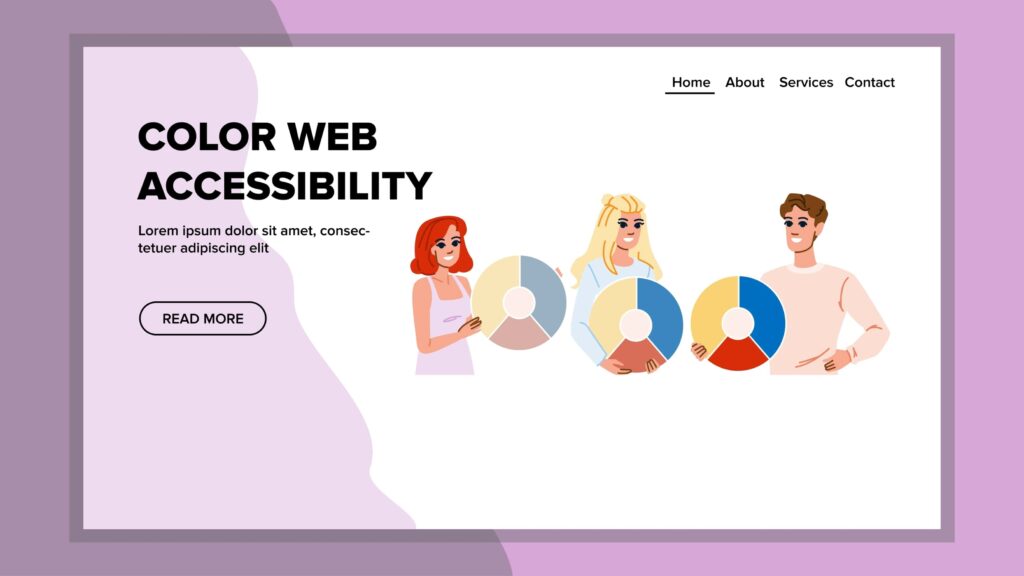Unveiling TikTok Advertising Secrets
Explore the latest trends and insights in TikTok advertising.
Web Accessibility: Making the Internet Everyone's Playground
Unlock the web for all! Discover how to make the internet an inclusive playground for everyone with our essential accessibility tips.
Understanding Web Accessibility: Key Principles and Guidelines
Web accessibility refers to the inclusive practice of designing websites that can be used by people of all abilities and disabilities. Understanding the key principles of web accessibility is essential for creating a more inclusive online environment. These principles emphasize the importance of perceivable, operable, understandable, and robust design. By adhering to these guidelines, web developers can ensure that all users, regardless of their circumstances, can access and interact with web content effectively.
One of the main guidelines to enhance web accessibility is to follow the Web Content Accessibility Guidelines (WCAG), which provides a comprehensive framework for creating accessible digital content. Some essential techniques include using alt text for images, ensuring sufficient color contrast, and implementing keyboard navigation options. Implementing these practices not only promotes inclusivity but also improves user experience and can positively impact search engine optimization (SEO), making it a win-win for website owners.

Common Accessibility Issues and How to Fix Them
Accessibility is an essential aspect of web design that ensures all users, regardless of their abilities, can access content. Common accessibility issues often stem from improper use of HTML elements, such as missing alt attributes for images and inadequate heading structures. For instance, images without alt text deprive visually impaired users of context, while poorly organized headings can confuse navigation for those using screen readers. To address these issues, consider implementing the following best practices:
- Ensure all images include descriptive
altattributes. - Use heading tags (
h1,h2, etc.) in a hierarchical manner. - Provide text alternatives for non-text content.
Another prevalent issue lies in the use of color that doesn’t account for users with visual impairments. Relying solely on color to convey information can alienate those with color blindness or low vision. To enhance accessibility, it’s crucial to maintain sufficient color contrast and to avoid color dependency in conveying important messages. Additionally, consider these strategies:
- Utilize tools to check color contrast ratios.
- Incorporate text labels alongside color-coded indicators.
- Testing your website with real users in various accessibility scenarios can provide invaluable feedback and further improvements.
Why Web Accessibility Matters: Benefits for Everyone
Web accessibility refers to the inclusive practices designed to ensure that all individuals, regardless of their abilities or disabilities, can effectively interact with and benefit from online content. By prioritizing web accessibility, we not only create a more equitable digital landscape but also increase our potential audience. When websites are designed to be usable by everyone, including those with visual impairments, hearing difficulties, or cognitive challenges, it fosters a sense of belonging and community. Moreover, making your website accessible can significantly enhance user experience and optimize SEO performance, as search engines often favor sites that are well-structured and easy to navigate.
Additionally, embracing web accessibility can lead to numerous benefits for businesses and content creators. For instance, studies show that accessible websites can enhance customer loyalty, as users are more likely to return to sites that cater to their needs. Implementing accessibility features can also lead to increased sales, as it opens the door to a wider market, including the 1 in 5 individuals living with disabilities. Furthermore, showcasing your commitment to inclusivity can improve your brand reputation within the community and establish trust with potential customers, ultimately benefiting everyone involved.